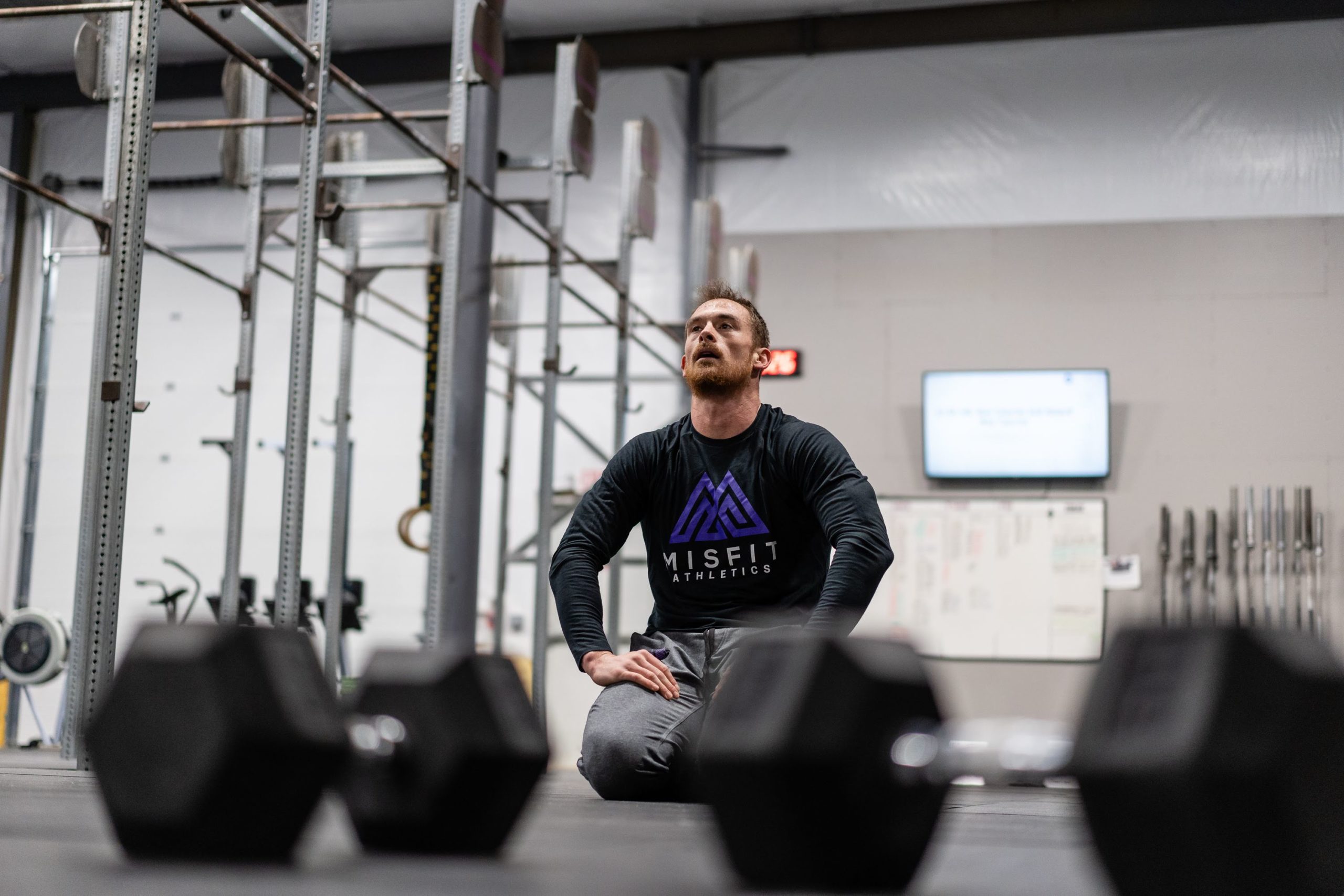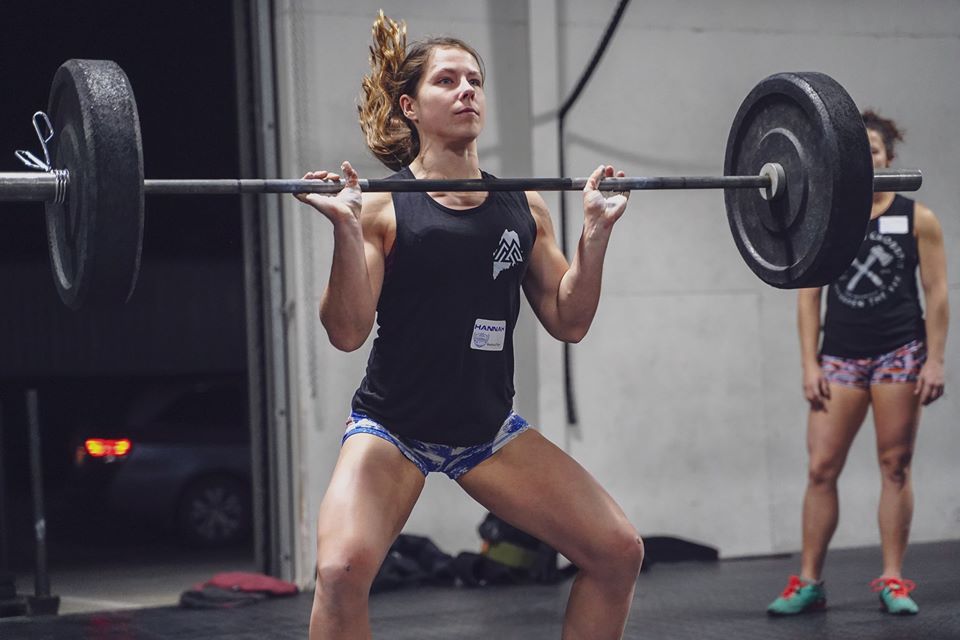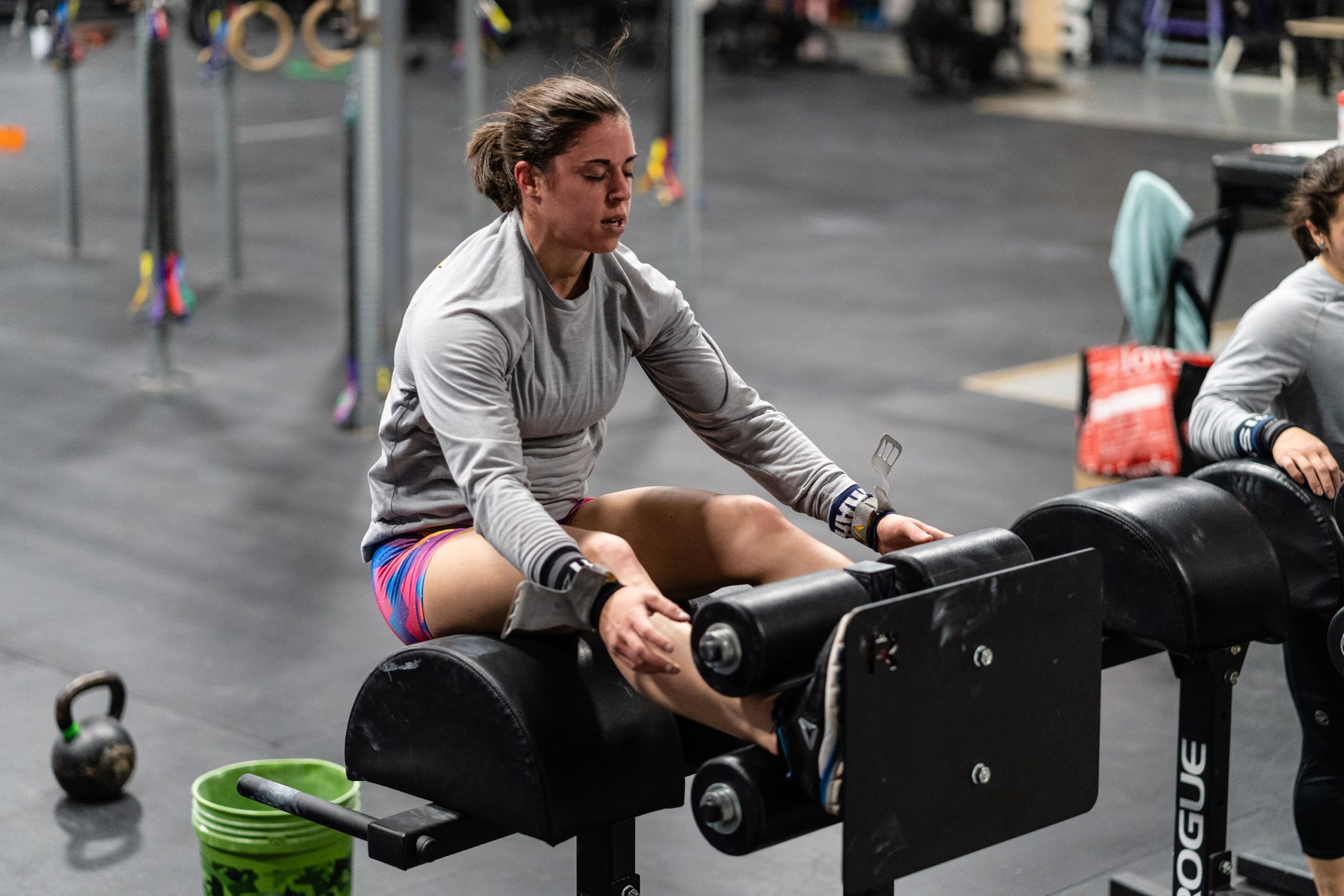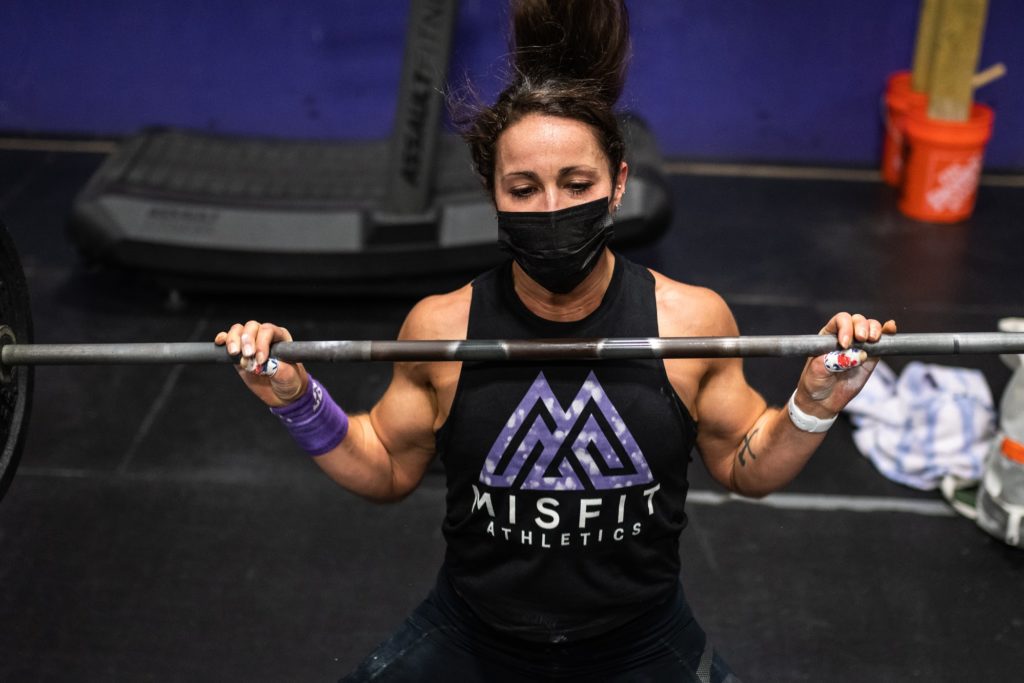How to Scale Crossfit Workouts

Improving your fitness is often more straightforward than we make it out to be. Whether your goal is to compete at the CrossFit Games, your local hometown throwdown, or simply to stave off chronic disease and old age. We are obsessed with delivering you the most effective way to improve your fitness, and for years we accomplished this task through the infinite combinations of weightlifting, gymnastics, and cardiovascular training. When those combinations of movements and equipment options shrank as athletes started to lose access to gyms thanks to a global pandemic, we had to apply the knowledge we have of training to a narrower list of modalities. Out of necessity, we began to publish Misfit MODWOD so that athletes could keep training with us on the blog with minimal or no equipment. What we saw within our Misfit community was proof of the concept of a theory we’ve been trying to ingrain in our athletes for years: that intensity is still king, and achieving the desired stimulus of the workout is your road map to elite strength and overall fitness.

The Stimulus – Conditioning
If you’ve been around us long enough, you know we preach intensity because we’ve seen how powerful a catalyst this concept is for your growth as an athlete. Conditioning is our sport and is the basis for getting both fit and strong, but you may be looking to “peek behind the curtain” to understand how we think about training and programming, and how you can apply it to your training at home or with limited equipment. Enter: the stimulus.
Creating an effective program starts with variance in the stimulus more so than movements. For this reason, when we program the Misfit MODWOD the first question we ask ourselves is: “what is the stimulus we are trying to achieve?” Armed with that information, we modify the workout to achieve that stimulus. For example, if the workout was 5 rounds of a 20/12 Calorie AAB sprint, we can create a nearly identical stimulus with 5 rounds of 50m Hill Sprints or 5 rounds of 15 Burpees AFAP. By sprinting either the hill run or the burpees, we can elicit a training response that mimics the original training piece without needing an Assault Bike.
Ok, that was an easy one, but sometimes it can be a bit trickier to match the stimulus with your roster of at-home equipment. Good news, we have a pretty simple solution for that as well. Consider the workout 4 rounds 100 double under and 10 power snatches at 135/95lbs. Jump Rope? No problem, most of you have your own already, but a barbell and bumpers? Not as likely. Despite not having a full at-home gym, by now most of you have a dumbbell and kettlebell or two which can allow you to create a comparable stimulus. The workout of 4 Rounds of 100 double under and 10 power snatches can effectively be modified to 4 rounds of 100 double unders and 26 kettlebell snatches at 53/35lbs. Wait – 26 snathes? For you math nerds out there (Hi Alexis!), 4 sets x 10 reps x 135/95lbs = 5,400/3,800lbs of weight moved. 4 Rounds of 26 reps x 53/35lbs = 5,300/3,640lbs of weight moved. Are you sniffing what we’re stepping in?
One key element to all of this is that you shouldn’t make your situation more stressful than it already may be and that you should be ok with a “close enough” mentality. If you’re stuck with little-to-no-equipment and looking to modify your training, ask yourself questions like: “what is the stimulus?”, or “is the workout supposed to set my lungs on fire, or is it supposed to make my legs feel like cement?”. Using that information, you can substitute what is found in the daily WOD with what you have available so you can create a comparable stimulus that will not only keep you maintaining your fitness but will make you fitter.

The Stimulus – Strength
Getting fitter may be possible with limited equipment, but what about getting stronger? Good news, we have a solution for our limited-equipment Misfits out there too. Getting strong, like getting fitter, is all about the stimulus. Outlined below are a few different ways to achieve this goal.
Bodyweight movements
You can thank gravity for providing you with one of the absolute best ways to improve your overall strength à la bodyweight calisthenics. Proficiency in gymnastics takes years to master, which should tell you precisely how difficult this type of training is and what stimulus it can provide. Developing and continually improving your gymnastics capacity through the use of movements such as push-ups, handstand push-ups, dips, pull-ups, muscle-ups, pistols, and L-sits to name a few, should be a never-ending pursuit if you’re looking to get stronger. Furthermore, what’s great about these movements is that the stimulus they can provide can vary greatly. Variance can be created in strength training with static holds, tempo work, speed work, plyometrics, or a mixed bag of all three. Each of these various stimuli provide value, we suggest you employ all three if you’re looking to improve your strength.
Plyometrics
Another avenue for getting stronger is plyometrics. Plyometric exercises should be done with the intent of moving as powerfully and as explosively as possible. In our limited equipment world, this type of training is nearly ideal, as additional weight (more than our body weight) would effectively slow us down and reduce the efficacy of this style of training. Why are plyometrics so effective? We can look to Newtonian Physics for that answer (F=ma). We get stronger by producing force (F) by increasing mass (m) and acceleration (a). Our muscle fibers don’t register weight; they register force production. In the case of plyometrics, we can mimic the “heavy” stimulus of a barbell (greater force produced due to increased mass beyond our body weight) by increasing the speed at which we move our bodies. Since we are only using our body weight, the mass is fixed so the only way to increase force is by moving fast, which is precisely the intent when performing plyometrics. Utilizing plyometrics effectively, one can get stronger without any additional implements.
Light weights? No Problem.
Finally, you may be in a situation as described before where your equipment is limited to only a handful of items like medicine balls, kettlebells, and dumbbells, and you may be concerned you can’t get stronger with these lighter implements. The good news is that physics is on your side again. Assuming the range of motion is the same (or very similar), you can create a comparable stimulus by moving less weight for more reps. Consider the example of 10 Deadlifts for time at 225/155lbs. In this example 2,250/1,550lbs (225/155lbs x 10 reps) were moved, so if we’re looking to create a comparable stimulus with a pair of 50/35lbs DBs we will look for you to move those DBs for about twice as many reps (100/70lbs x 22 reps = 2,200/1,540lbs moved) in approximately the same amount of time. While it may not be the same amount of time, you get the idea.

Final Thoughts
To summarize, the goal when modifying for yourself is to create a comparable stimulus and intensity. Creating a similar stimulus can be done in a variety of ways, and requires just a little creativity and thought. The strategies, as mentioned above, are by no means a complete list but are meant to create a jumping-off point for your at-home workouts. Happy Training.
-Misfit Athletics
We’ve created a Scaling Toolkit to help give you some suggestions & ideas to scale Crossfit workouts for yourself!


